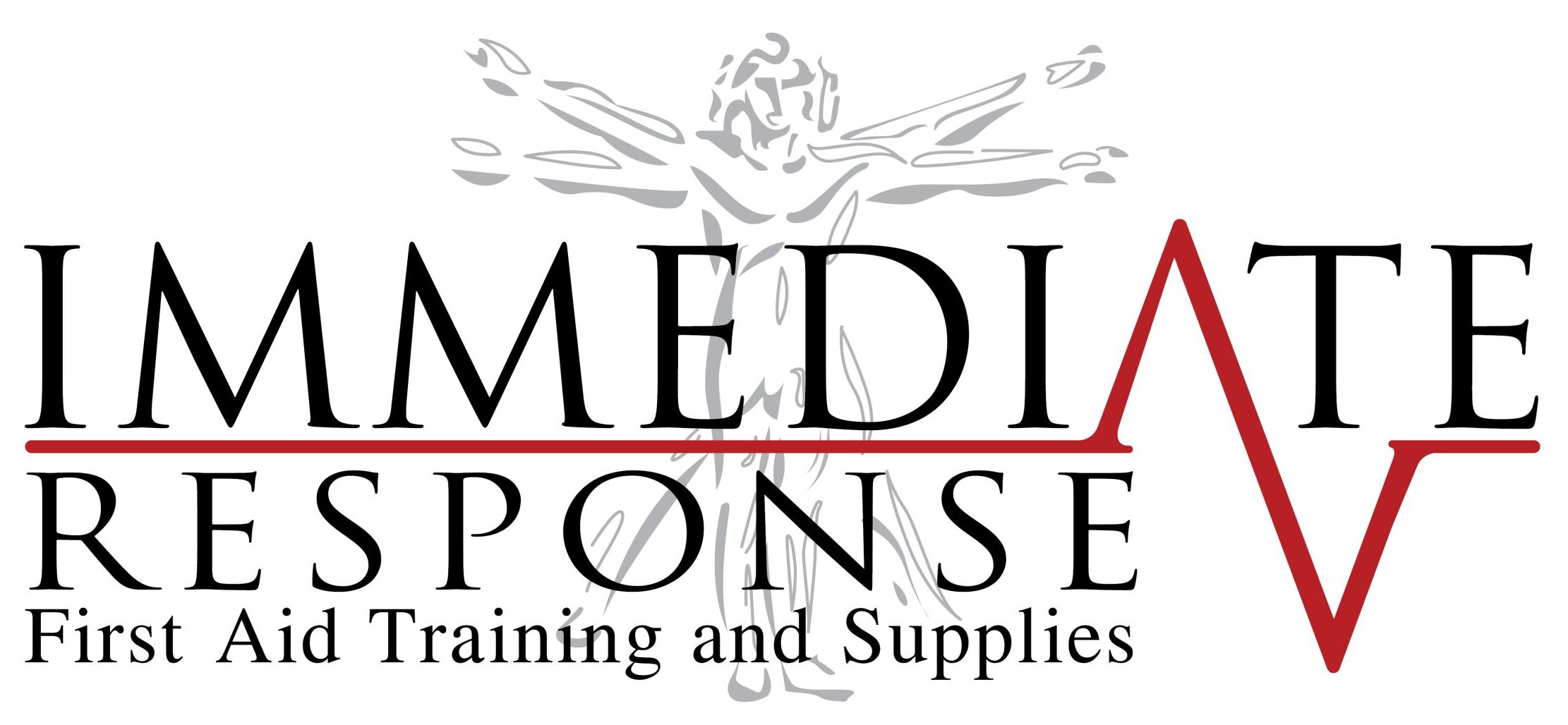Symptoms of Serious (Acute) Illness in Babies and Children
Most illnesses in babies and children are mild and will go away by themselves. But if you suspect something more serious, you should seek medical attention.
When should a child see a doctor?
If you are worried, take them to see a doctor. Always take a child to the doctor if:
There are general features of a more serious illness that should prompt you to see a doctor urgently. These include:
- have severe pain that wakes them from sleep, is getting worse or is accompanied by other symptoms like a fever, vomiting or diarrhoea.
- they have a fever that makes them shiver.
Call triple zero (000) and ask for an ambulance or go to your nearest emergency department if:
- a child is very drowsy
- they have difficulty breathing
- their crying changes pitch or volume or they are crying continuously
- their skin is pale, blotchy or blue
- they have a seizure
- they have a rash that does not fade when you press on it
- they are a newborn who has a fever, will not feed, is vomiting a lot and/or weeing less than normal
There are other general features of a serious illness that should prompt you to seek urgent medical attention. These include the below.
Alertness and irritability
A child:
- is unusually drowsy or floppy
- is unresponsive
- has a high-pitched, continuous cry
Breathing
A child:
- has difficulty breathing
- is breathing quickly
- has shallow breaths
- is grunting
Skin colour and appearance
A child:
- is pale or blue
- has a purple or red rash that does not go away when you press it
Fluids in and fluids out
A child:
- will not drink, is not passing urine, or has less than half the usual number of wet nappies
- is repeatedly vomiting
Childhood illnesses that need urgent medical attention
There are some important and serious childhood illnesses you should be aware of. You need to get a child to a doctor if you are concerned they may have one of these conditions:
Meningitis
Meningitis is an inflammation of the membrane surrounding the brain and spinal cord that is commonly caused by an infection. Meningitis can be life-threatening. Signs include a headache, a sore and stiff neck, vomiting and being unable to look at bright light. There might also be a rash that does not go away when you press the skin at the site of the rash.
A seizure (fit)
A seizure or fit is caused by rapid and uncoordinated electrical activity in the brain. It can cause stiffening and jerking of the arms and legs, and a loss of consciousness. Children can have a seizure when they have a very high temperature. This is known as a febrile convulsion and is quite common. Seek urgent medical attention if this is your child’s first seizure, the seizure lasts for more than 5 minutes, or if they have trouble breathing or they injure themselves.
Urinary tract infection
A urinary tract infection (UTI) is an infection of the bladder, urethra, ureters (urine tubes) or kidneys. Symptoms include pain or burning when the child urinates, a need to urinate often, blood in the urine, fever, and an uncomfortable feeling in the lower abdomen. If untreated, UTIs can lead to kidney infection. See your doctor if your child has any of these symptoms, if their urine is pink, red or brown, or they have a high, unexplained fever.
Pneumonia
Pneumonia is an inflammation or infection of the lungs caused by a bacteria or virus. It can follow a cold. Symptoms include a high fever, fast and difficult breathing, a cough, vomiting, and pain in the chest. Children with pneumonia can often be looked after by your doctor, but go to hospital if your child is less than 1 year old, has severe breathing problems, cannot take their medicine, or is dehydrated.
Sepsis
Sepsis, also known as ‘septicaemia’ or ‘blood poisoning’, is a serious blood infection caused by bacteria. It can follow an infection anywhere in the body. Seek urgent medical attention if your child looks mottled, bluish or pale, if they are very lethargic, feel cold when you touch them, are breathing very fast, have a rash that does not fade when you press it, or have a seizure.
Asthma
Asthma is a common illness in children. It causes wheezing, coughing and problems with breathing. About 1 in 4 children will wheeze at some time during their childhood. But it is a medical emergency if your child has severe wheezing, coughing or shortness of breath, tugging in of the skin between their ribs or at the base of the neck, their reliever (puffer) is not helping, they cannot speak a full sentence and their lips look blue, or their symptoms get worse very quickly. Call an ambulance on triple zero (000) and use asthma first aid.
Anaphylaxis
Anaphylaxis is a severe allergic reaction that can be life threatening. Children who have an anaphylaxis need an adrenalin injection (such as an EpiPen). Call an ambulance if your child has difficult or noisy breathing, swelling of the tongue, swelling or tightness in the throat, difficulty talking and/or hoarse voice, wheeze or persistent cough, persistent dizziness or collapse, or goes pale and floppy (in young children). Give the adrenalin if you have it and call an ambulance on triple zero (000).

